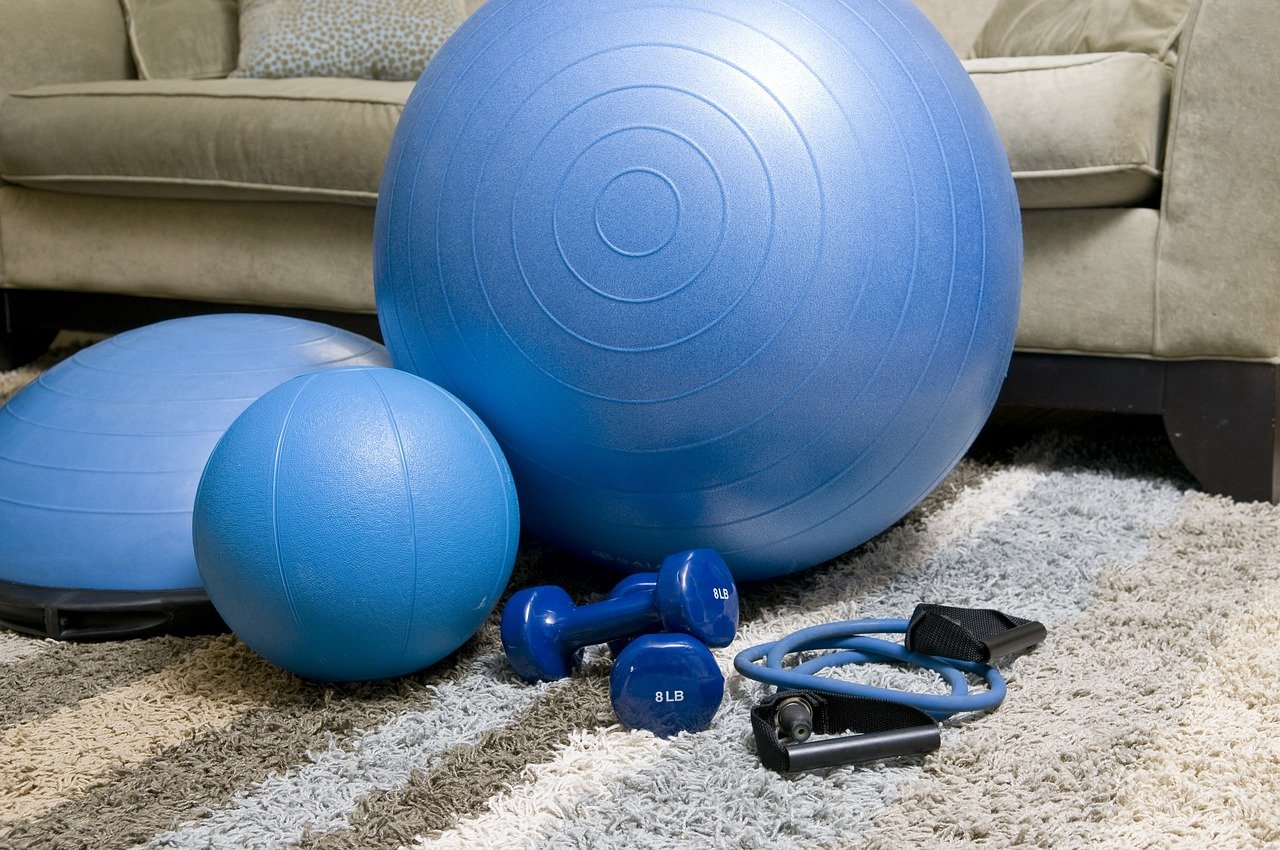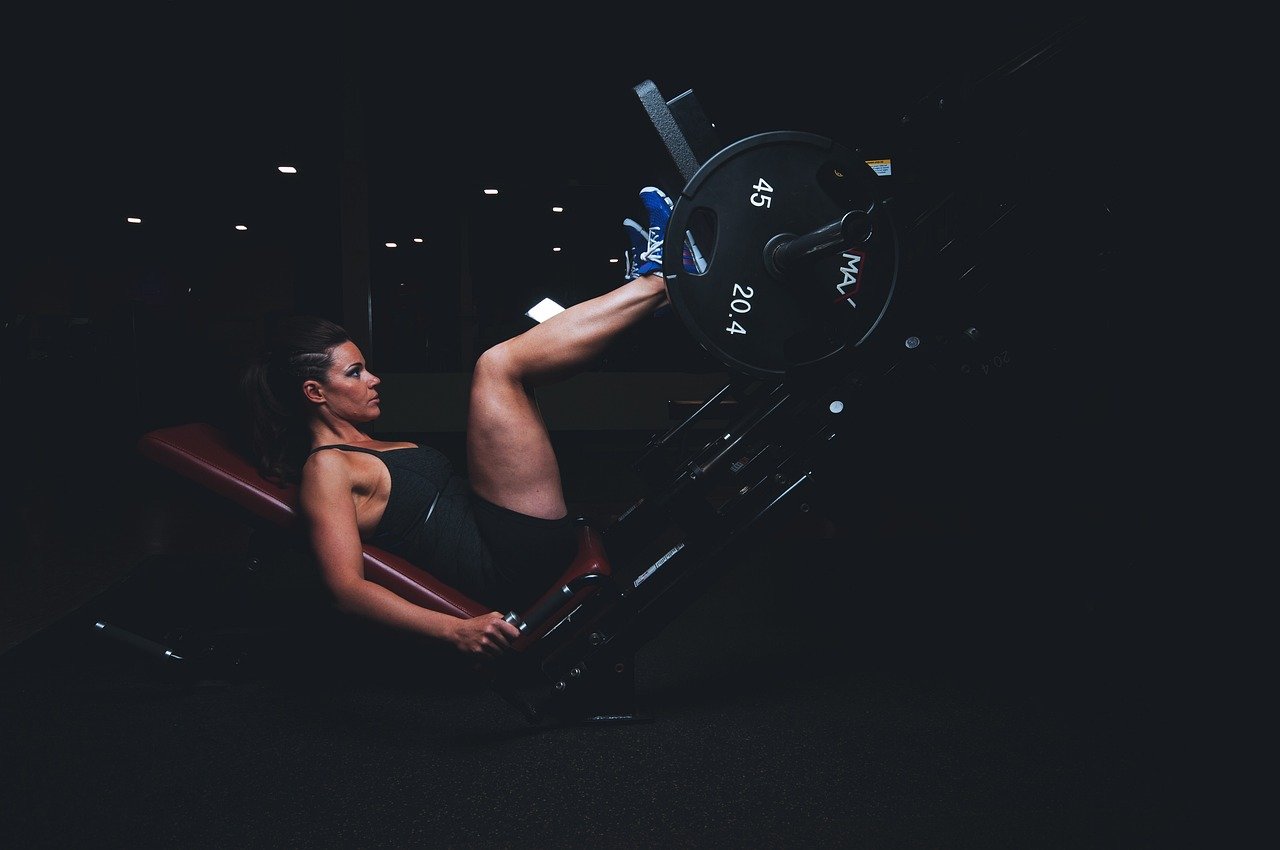In today’s modern fitness landscape, the cable gym machine has become a staple in many gym facilities. This article aims to provide you with a comprehensive overview of the cable gym machine, including its features, benefits, and comparisons with other gym machines. Through an exploration of its functionalities and cost-efficiency, this article will shed light on the value and effectiveness of the cable gym machine in maximizing your workout potential. Exciting possibilities await as we delve into the realm of cable gym machines and unlock their potential for enhancing your fitness journey.

Introduction
Cable gym machines have become an integral part of modern Workout routines in fitness centers and home gyms alike. These machines provide a wide range of exercises that target various muscle groups, making them a versatile and effective tool for achieving fitness goals. In this comprehensive article, we will explore the functionality, design and structure, exercise options and variations, targeted muscle groups, safety and proper usage, comparisons with other gym machines, cost and investment, maintenance and care, as well as integrating cable gym machines into a workout routine.
Functionality
Overview of cable gym machines
Cable gym machines consist of a pulley system that utilizes cables and weights to provide resistance during exercises. They typically have adjustable components that allow users to customize the weight and range of motion according to their fitness level and desired intensity. These machines often include multiple handle attachments, allowing for a wide variety of exercises and movements.
Types of exercises possible
Cable gym machines offer a vast array of exercises that target different muscle groups. Some common exercises include cable curls, cable flyes, lat pulldowns, triceps pushdowns, leg extensions, and seated rows. The ability to adjust the weight, angle, and range of motion makes cable gym machines suitable for both beginner and advanced users.
Benefits of using cable gym machines
Using cable gym machines provides numerous benefits for fitness enthusiasts. Firstly, they offer a safer alternative to free weights as the cables and pulley system guide the movement and maintain stability. This reduces the risk of injury and allows for proper form. Additionally, cable gym machines provide constant tension throughout the exercise, ensuring maximum muscle engagement and promoting muscle growth. The adjustability of these machines also makes them suitable for people of all fitness levels, from beginners to advanced lifters.

Design and Structure
Components and parts of a cable gym machine
A typical cable gym machine consists of several components. The main structure includes a sturdy frame that supports the weight stack and pulley system. Attached to the frame are cables that connect the pulleys to the weight stack, providing the resistance for the exercises. The weight stack is a set of individual weights that can be selected by the user. Finally, various attachments such as handles, bars, and ankle straps are used to perform different exercises with the cable machine.
Variations in design
There are several variations in the design of cable gym machines. Some machines have a single pulley system, while others incorporate dual pulley systems for increased flexibility and range of motion. Certain designs feature independent arms or cables, allowing for unilateral exercises that target each side of the body individually. Additionally, cable gym machines may have adjustable seats, backrests, or footrests to accommodate users of different sizes and exercise preferences.
Adjustability options
One of the key advantages of cable gym machines is their adjustability. Users can modify the weight, seat height, cable angle, and range of motion to suit their individual needs and fitness goals. This adaptability ensures proper form and allows for targeted muscle activation. Furthermore, some cable gym machines offer resistance adjustments in small increments, enabling users to make incremental progress and gradually increase their strength and endurance.
Exercise Options and Variations
Upper body exercises
Cable gym machines provide a wide range of upper body exercises that target the chest, shoulders, back, and arms. Examples of upper body exercises include cable chest presses, shoulder lateral raises, lat pulldowns, bicep curls, and tricep pushdowns. Variations in grip and attachment choice can further engage different muscle fibers and promote muscle balance.
Lower body exercises
For the lower body, cable gym machines offer exercises such as leg extensions, hamstring curls, calf raises, and hip abductions. These exercises target the quadriceps, hamstrings, glutes, and calves. cable machines provide a smooth and controlled movement pattern, reducing the strain on joints and allowing for efficient muscle activation.
Core and functional exercises
Cable gym machines are also effective for building core strength and stability. Exercises such as cable woodchops, cable crunches, and cable rotations engage the abdominals, obliques, and lower back muscles. Moreover, cable machines can be used for functional exercises that mimic real-life movements, such as cable chops, cable lunges, and cable rows. These exercises train multiple muscle groups simultaneously, enhancing overall body coordination and functional fitness.

Targeted Muscle Groups
Chest and shoulders
Cable gym machines offer various exercises to target the chest and shoulders. Cable chest presses, chest flyes, and cable crossovers effectively engage the pectoral muscles, while shoulder presses, shoulder lateral raises, and upright rows target the deltoids and trapezius muscles. By adjusting the cable height and angle, users can emphasize different portions of these muscle groups.
Back and arms
To strengthen the back and arm muscles, cable gym machines provide exercises such as lat pulldowns, cable rows, and bicep curls. Lat pulldowns primarily target the latissimus dorsi muscles, while cable rows engage the rhomboids, trapezius, and biceps. Additionally, various grip positions on the cable attachments can isolate specific muscle groups, such as the biceps and forearms.
Legs and glutes
Cable gym machines are effective for targeting the lower body muscles. Leg extensions isolate the quadriceps, while hamstring curls focus on the hamstrings. Cable hip abductions and cable kickbacks engage the gluteal muscles. These exercises help develop leg strength, muscular endurance, and improve overall lower body stability.
Abdominals and obliques
Cable gym machines can be utilized to strengthen the core muscles, including the abdominals and obliques. Cable crunches, cable woodchops, and cable rotations effectively target these muscle groups and enhance core stability. By adjusting the cable attachment point and employing different movement patterns, users can vary the intensity and engagement of specific core muscles.
Safety and Proper Usage
Adjusting weights and resistance
When using cable gym machines, it is essential to adjust the weights and resistance to match your current fitness level and exercise goals. Start with a weight that allows you to perform the exercise with proper form and control. Gradually increase the weight as your strength and technique improve. It is important not to overload the machine with excessive weight, as this can compromise stability and increase the risk of injury.
Correct body positioning
Maintaining correct body positioning is crucial when using cable gym machines. Stand or sit with proper posture, ensuring that your spine is aligned and your core engaged. Position your feet shoulder-width apart, providing a stable base. Maintain a neutral grip on the handles or attachments, avoiding excessive tension on the wrists or shoulders. Additionally, pay attention to the path of motion, ensuring smooth and controlled movements throughout the exercise.
Avoiding common mistakes
To ensure safe and effective workouts, it is essential to avoid common mistakes when using cable gym machines. This includes jerking or using momentum to move the weight, as this reduces muscle engagement and increases the risk of injury. Avoid locking out joints or hyperextending them during exercises, as this can strain ligaments and cause discomfort. It is also important to avoid excessive range of motion that compromises proper form and puts undue stress on joints.
Using spotters or assistance
For certain exercises that require heavy weights or advanced techniques, it is advisable to use spotters or seek assistance from trained professionals. Spotters can provide support and ensure safety during exercises such as heavy chest presses or squats with cable attachments. They can assist in maintaining proper form, prevent accidents, and provide feedback for improvement. Utilizing spotters or trainers is especially important for beginners or those attempting new or challenging exercises.
Comparisons with Other Gym Machines
Cable gym machine vs. free weights
One common comparison is between cable gym machines and free weights, such as dumbbells and barbells. While free weights provide greater freedom of movement and engage stabilizer muscles, cable gym machines offer guided movements that reduce the risk of improper form and injury. Cable gym machines also provide continuous tension throughout the exercise, resulting in increased muscle activation and potential for hypertrophy.
Cable gym machine vs. weight machines
Compared to traditional weight machines, cable gym machines offer more versatility and a wider range of exercises. Weight machines often provide a fixed movement pattern, whereas cable machines allow for customizable angles and ranges of motion. Cable gym machines can also provide more functional and compound exercises that engage multiple muscle groups simultaneously. However, weight machines may be preferred for isolating specific muscles or providing a more beginner-friendly workout experience.
Cable gym machine vs. resistance bands
Resistance bands are a popular alternative to cable gym machines due to their portability and affordability. While resistance bands can provide a good workout, cable gym machines offer greater versatility and more precise resistance adjustment. Cable machines also provide a more consistent resistance throughout the exercise, making it easier to track progress and ensure proper muscle activation. Additionally, cable gym machines often offer a wider variety of cable attachments for different exercises.
Cost and Investment
Pricing range for cable gym machines
The cost of cable gym machines can vary depending on factors such as brand, quality, features, and included attachments. Entry-level cable machines can be found for as low as $500, while more advanced, commercial-grade models can cost several thousand dollars. The price typically increases with added features, such as dual pulley systems, adjustable seats, and higher weight stack capacities.
Factors influencing the cost
Several factors influence the cost of cable gym machines. The quality of materials used in construction, such as heavy-duty steel frames and durable cables, can contribute to a higher price. Machines with additional features like independent arms or built-in workout programs may also come at a premium cost. Brand reputation, warranty coverage, and customer support can further influence the price of cable gym machines.
Long-term benefits and cost-effectiveness
While cable gym machines may require an upfront investment, they offer long-term benefits and cost-effectiveness. Owning a cable gym machine provides the convenience of working out at home without the need for a pricey gym membership. Additionally, cable gym machines are built to withstand years of use, making them a durable and reliable piece of fitness equipment. Considering the potential savings on gym fees and the versatility of cable gym machines, they can prove to be a wise investment for dedicated fitness enthusiasts.
Maintenance and Care
Cleaning and sanitization
Regular cleaning and sanitization are essential to maintain the hygiene and longevity of cable gym machines. Wipe down the handles, seats, and other contact points with a mild disinfectant after each use. Make sure to thoroughly clean the cables, pulleys, and weight stacks to remove any sweat or debris. It is important to follow the manufacturer’s instructions regarding cleaning products and methods to avoid any damage to the equipment.
Regular inspection and lubrication
Performing regular inspections of cable gym machines ensures that all components are in proper working condition. Check for any signs of wear or damage, such as frayed cables, loose bolts, or worn-out padding. Lubricate the pulleys, cables, and other moving parts as recommended by the manufacturer to maintain smooth and quiet operation. Regular maintenance and repairs can prolong the lifespan of cable gym machines and prevent any accidents or malfunctions.
Replacing parts and cables
Over time, certain parts of cable gym machines may need replacement due to normal wear and tear. Cables, pulleys, and weight stack pins are common components that may require replacement. It is essential to use genuine manufacturer parts to ensure compatibility and maintain the safety and functionality of the machine. Consult the manufacturer’s instructions or seek professional assistance when replacing parts to ensure proper installation and minimize any potential risks.
Integrating Cable Gym Machines into a Workout Routine
Creating a well-rounded workout plan
To effectively integrate cable gym machines into a workout routine, it is important to create a well-rounded plan that targets various muscle groups and fitness goals. Incorporate upper body, lower body, and core exercises using different cable attachments. Balance pushing and pulling movements to ensure muscle symmetry and prevent muscle imbalances. Combine compound exercises with isolation exercises to promote overall strength and muscular development.
Combining cable gym exercises with other equipment
To further enhance the effectiveness of workouts, cable gym exercises can be combined with other equipment. For example, combining cable exercises with dumbbell exercises can provide a greater variety of training stimuli and engage different muscle fibers. Additionally, incorporating bodyweight exercises and cardiovascular activities, such as jump rope or treadmill workouts, can create a well-rounded fitness routine that improves overall fitness and endurance.
Adapting the routine for different fitness levels
Cable gym machines can be adapted to accommodate different fitness levels and progressions. Beginners should start with lighter weights and focus on mastering proper form and technique. As strength and stability improve, gradually increase the weight and intensity. Advanced users can incorporate supersets, drop sets, or pyramid sets to challenge muscles and achieve new levels of strength and endurance. It is important to listen to your body, avoid overtraining, and progress at a pace suitable for your fitness level.
In conclusion, cable gym machines offer a wide range of exercises, adjustable design, and targeted muscle group engagement, making them an invaluable tool for fitness enthusiasts. Proper usage, safety precautions, and regular maintenance ensure optimal performance and longevity of cable gym machines. By integrating cable gym exercises into a well-rounded workout routine and combining them with other equipment, individuals can achieve their fitness goals effectively and efficiently. The initial investment in a cable gym machine can provide long-term benefits, both in terms of convenience and cost-effectiveness. So, whether you are a beginner or an advanced fitness enthusiast, harness the power of cable gym machines to enhance your workouts and take your fitness journey to new heights.
